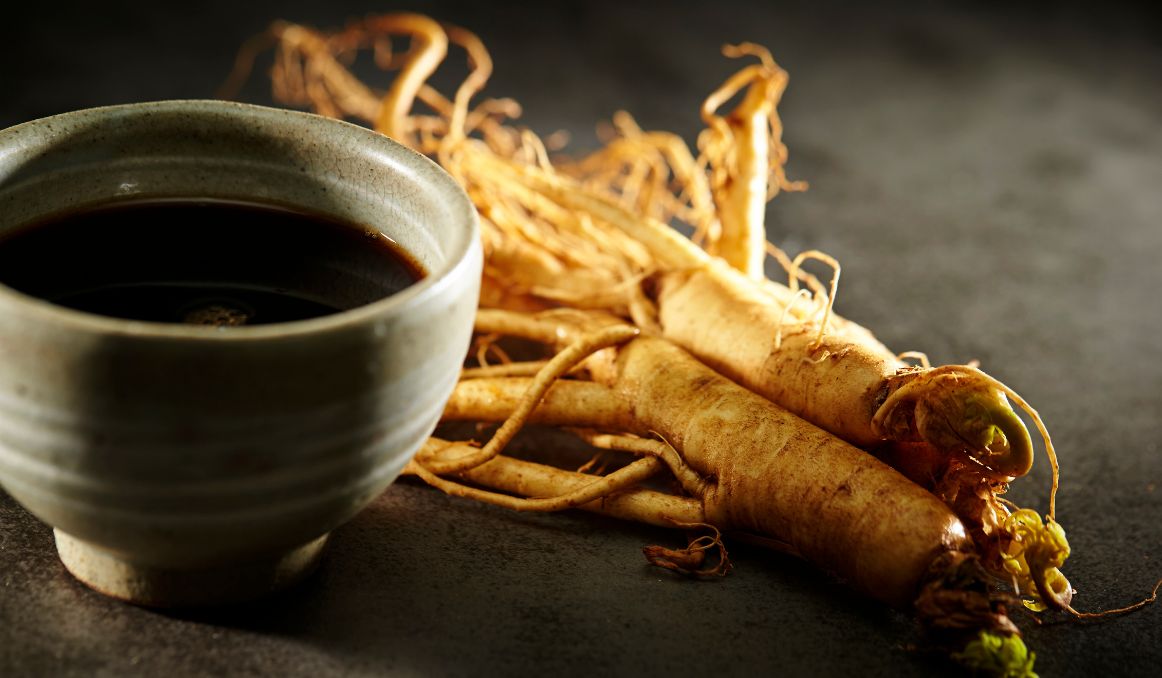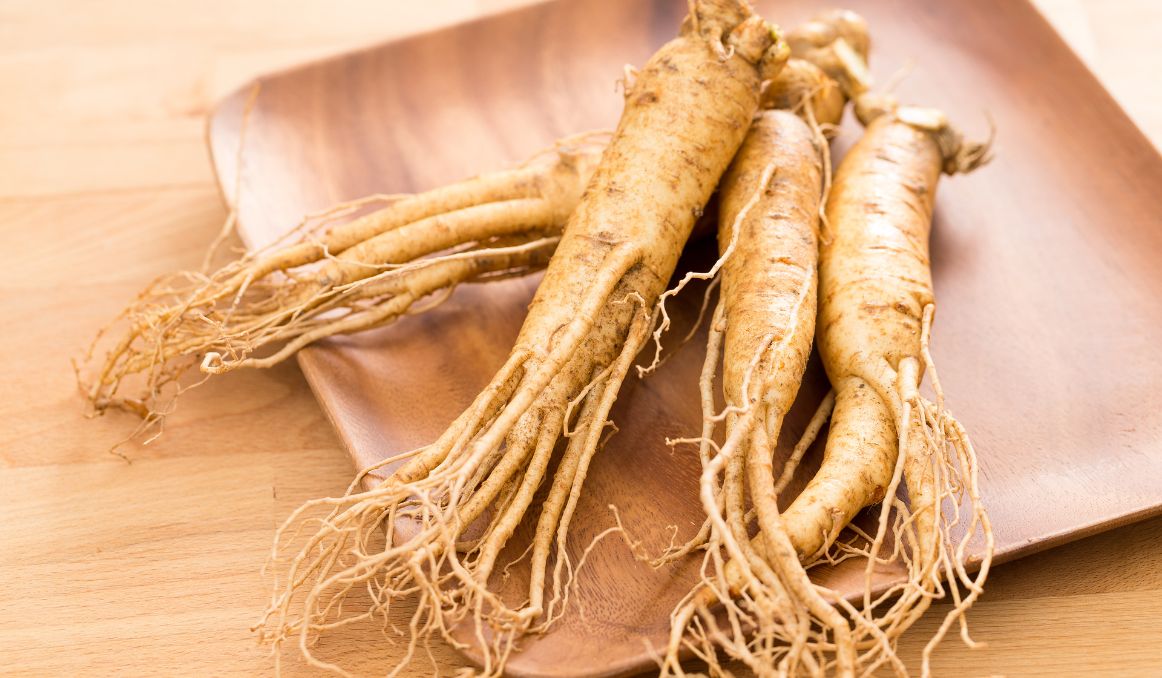What Is Fermented Ginseng and What Are Its Benefits?
Fermented foods and drinks are all the rage right now. Finally, people seem to be waking up to the realities of the power of a healthy gut.
And fermentation is wonderful for a healthy gut.
Add to that a food that is already tremendously beneficial, like ginseng, and you’re going to reap a ton of benefits once it’s fermented as well.

Fermentation
For generations, most of us, in the western world, anyway, ate the fermented foods we ate as part of our culture. Our mothers had Germanic roots, so they fed us sauerkraut. Maybe our families had dairy farms, so we ate cheese and yogurt. Or maybe our fathers drank beer, so we became beer drinkers. And so on.
Today, people are becoming increasingly conscious of the benefits and downsides to the foods we eat.
And we are learning more about the process our food and drink undergo, whether it’s a bag of chips or kombucha, and how that process interacts with our bodies to make us well or make us ill.
Fermentation is one such process, and it is, beyond doubt, scientifically proven to be beneficial to the human body.
So don’t toss your beer or wine just yet.
And while you’re at it, pull up some sauerkraut and yogurt.
The Fermentation Process
Long before we knew the science behind fermentation, humans have been fermenting foods.
Wine goes back thousands, and potentially even hundreds of thousands of years. We even have evidence that monkeys made wine. So surely our caveman ancestors had to be fermenting grapes and other fruits, right?
Of course, our ancestors were not fermenting for health benefits. Fermentation is a great preservative of food.
Traditionally, fermentation works like this:
You take a food – grapes, grain, tea, milk – you crush it, you boil and steep it, and you let it sit out.
As it sits out, yeast and bacteria are attracted to the sugars and starches in the food.
The most common bacteria attracted to food is lactobacillus, a probiotic that creates a healthy environment in our guts.
A healthy gut helps you fight illness, disease, viruses, inflammation, cancer, and even poor mental health.
You want a healthy gut.
The yeast attracted to those starches is what causes fermentation.
The yeast gets into the food, consumes all of the sugar, and converts that sugar to alcohol, carbon dioxide, and hundreds of other micronutrients.
Health Benefits of Fermentation
The yeast and bacteria provide a tremendous number of health benefits during the fermentation process.
Among them, bacteria synthesize vitamins and minerals and produce biologically active peptides that lower blood pressure, act as prebiotics (the food that probiotics eat in our guts), and serve anti-oxidant, anti-microbial, anti-fungal, anti-diabetic, and anti-atherosclerotic functions.
And that’s just the bacteria.
The yeast makes fermented foods easier to digest because it breaks down sugars and starches. It also improves the availability of nutrients already existent in the food it is fermenting. Like, for example, ginseng.
Ginseng

Ginseng is a root that is grown natively in both the Americas and Asia. It has traditionally been a part of Eastern medicine to promote good energy and mental health. Ginseng tea is a big part of Asian culture.
Today, more people in the western world are waking up to its potential health benefits.
Various studies have been done in recent years that have shown ginseng to have anti-cancer benefits, to improve cognition, to have anti-inflammatory effects, to lower blood sugar, and even to prevent the flu.
Of course, more studies must be done to prove inconclusive evidence, because that is how science works, but as far as the Eastern world and the more open among us in the western world are concerned, ginseng is a win/win.
As with anything else, when you are trying to discover if an herb or natural medicine is right for you, it is helpful to try it in small amounts at a time, and wait to see what the effects are on your personal body.
All bodies are different and respond differently to different treatments. This is true of pharmaceuticals, plant medicine, and even foods like dairy and flour.
Go at a slow pace and pay attention to how you feel.
What is Fermented Ginseng?
Recently, scientists have taken an interest in the power of ginseng fermented with yeast and lactic acid bacteria to see what kind of effect it can have on humans struggling with mental health and lower energy levels.
Remember, when you combine a powerful healthy food with the powerfully healthy fermentation process, you are likely to get even more tremendous results.
So far, it is looking good. One study done by the National Institute of Health showed that the administration of fermented ginseng had a positive impact on something called the First Night Effect.
The First Night Effect, or FNE, relates to how poorly someone sleeps during their first night in a new place, whether they have short sleep, and whether they have quality REM sleep. Fermented ginseng looks to have improved sleep for all the subjects in the study.
Making Your Own Fermented Ginseng
You can easily experiment with making your own fermented ginseng. Simply buy ginseng root, brewer’s yeast, and lactic acid bacteria.
Brew your ginseng tea by simmering the ginseng root in water for about 30 minutes. Let cool. Add the yeast and bacteria. And wait a few days, or weeks.
You can try it along the way, seeing how you like the flavor, and seeing how it makes you feel.
Remember, brewing anything is all about experimentation and exploration. Take your time, play with ingredients, taste test and allow others to taste test as well, little bits at a time, and see what works.
It should be fun, and it’s bound to be beneficial on several levels.
Cheers!
Passionate about yeast fermentation and all the wonders it can do? So are we! If you’re interested in finding out how you can use our technology to control fermentation and monitor your yeast, save work hours and improve the cost-efficiency of your business, drop us a line at [email protected]
Also, check out these product pages, if you’re into beer or wine making:
- Oculyze BB 2.0 (Better Brewing) Yeast Cell Counter App + Hardware
- Oculyze FW (Fermentation Wine) Yeast Cell Counter App + Hardware
…or our custom solution page for other use cases (yours included):
Sources:


